4 cars that couldn’t save their doomed brands
The last-minute Hail Mary play is an age-old Hollywood cheat that’s saved hundreds of third-act plots from imploding on themselves. In the world of automotive drama, life occasionally imitates art. Not always so successfully, of course.
Car companies, like other large corporations, are sometimes victims of far-reaching economic circumstances beyond their control. When the tough times hit, a track record of recent poor decision making can be worse than just hobbling. The brands that fail (and there have been well more than a dozen over the past few decades) typically run out of cash at a crucial turning point and their parent companies can’t financially justify their continued existence.
They say it’s darkest just before they turn out the lights forever at the dealership. Most now-dead brands were on a path of steady decline before the shoe finally dropped, and that corporate doom and gloom has a way of obfuscating a clear forward path to profitability. Even if one last vehicle had the chance to turn the tide, the notion of an M. night Shyamalan-worthy twist just around the corner can seem too good to be true.
That got us thinking: Which brands had a secret star backstage that could have staved off bankruptcy and prevented a backslide into oblivion, had executives only stuck it out a bit longer? Perhaps these four dearly departed badges made the wrong choice at the wrong time and let a blockbuster slip between their fingers?
Renault Espace (AMC)
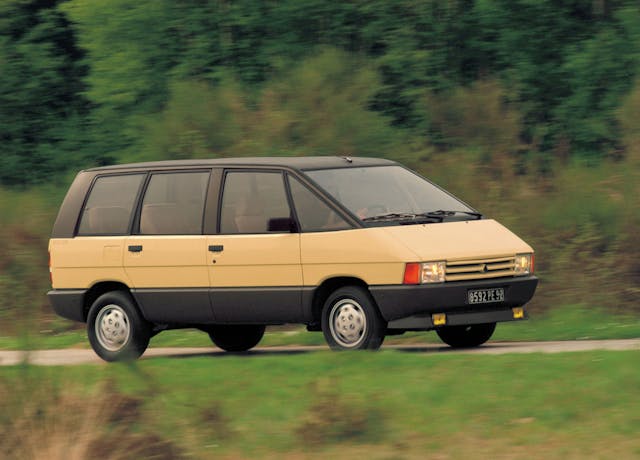
The Voyager/Caravan minivan was famously the savior of a moribund Chrysler in the mid-1980s, a profit stream that solidified the company’s finances alongside the legions of cheap and cheerful K-car variants that flooded the company’s dealers during the same era.
American Motors Corporation very nearly benefited from a similar type of box-driven bail-out. After plunging sales and mounting debt forced a partnership with Renault in the late 1970s, the company struggled to find its footing as it filled showrooms with uninspired French imports and the versatile, but unconventional four-wheel-drive Eagle family of proto-crossovers.
With only the wholly-owned Jeep subsidiary turning a profit, the Renault mothership offered what appeared to be a timely lifeline: a version of its very popular Espace van that had quickly won over European buyers with its excellent combination of interior (E)space, frugal (for the time) fuel economy, and an affordable purchase price. In fact, it’s safe to say that the front-wheel-drive Espace presented a formidable rival to the Dodge Caravan and the Plymouth Voyager, which were similarly-sized but not quite as sophisticated. The Espace made use of fiberglass-reinforced polyester body panels mixed with a roof, tailgate, and hood made of plastic, and it was aerodynamically superior to the more upright Detroit designs.
It looked like a foolproof strategy to print money for a company that had few resources available to design a minivan itself. Plans were laid to bring the Espace to America under the AMC badge for 1986, and Renault went to work adapting lighting and other details to U.S. standards. Unfortunately, in the interim Renault was forced to delay production of the U.S.-spec Espace due to a budgetary scuffle with one of its manufacturing partners. By the time the details were ironed out AMC had entered an unrecoverable tailspin, allowing Chrysler to swoop in and use all of its minivan money to buy out Renault, sunset AMC, and add Jeep and Eagle to its portfolio.
Chrysler PT Cruiser (Plymouth)
By the end of the ’90s, however, Chrysler’s minivan glory had largely faded and it was left with a basketful of brands that were dragging the bottom line from black to red. A plan was hatched to save at least one of these underperformers—Plymouth—by way of an exciting new product that straddled the line between SUV and van in a way few other American automakers had attempted.
The PT Cruiser was intended from the beginning to rescue Plymouth from itself. Its design surfed the neo-retro wave that also yielded the Plymouth Prowler, while borrowing useful bits from the successful Neon compact sedan. Its unusual “tall wagon” shape had been percolating for more than a decade behind the scenes, with Chrysler curious about the potential of a “mini-minivan” but unwilling to invest in actual production. Thatis, until the PT’s 1940s-influenced styling made the concept palatable enough to test audiences.
What happened? Well, the PT Cruiser went on to be a fantastic success … for Chrysler. Late in the planning stages, it was deemed that the hatch was a better match for Chrysler’s re-emerging passenger car lineup, and given that the planned procession of Plymouth-specific models following in the Prowler’s wake never materialized, no one wanted to waste what was predicted to be a popular model on a brand destined for the scrap heap.

It became a self-fulfilling prophecy: Plymouth never benefited from a million-selling model that would have no doubt extended its lifespan beyond its 2001 expiration date (the same year the PT debuted), and its dwindling fleet of badge-engineered also-rans guaranteed that Chrysler’s bean counters looked like geniuses in keeping the Cruiser out of Plymouth showrooms.
Eagle Vision/Chrysler 300M (Eagle)
It turns out that Plymouth wasn’t the only flailing automaker to be victimized by its mightier corporate sibling as the millennium drew to a close. Chrysler also plucked Eagle’s last remaining hope for relevance straight from the hands of its designers, as part of the same sweeping changes that swallowed up the PT Cruiser.
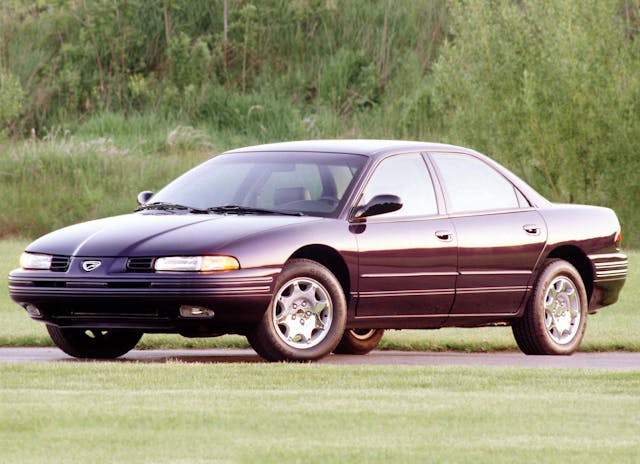
To be fair, Eagle’s position in the Mopar multiverse was precarious right from the start. Having shed its rugged four-wheel-drive models for a mix of badge-engineered Renault and Mitsubishi platforms, the company made a somewhat weak attempt to lure in would-be Euro shoppers. The full-size Vision sedan was one of its few in-house, Chrysler-helmed products.
The LH-platform sedans (Eagle Vision, Dodge Intrepid, Chrysler LHS/Concorde) were due for a redesign for the 1998 model year, and Eagle had high hopes for the next-generation Vision. It was a chance for Eagle to step out from its corporate shadow and deliver a unique driving experience wrapped in an exciting shell. Things seemed to be going according to plan as the new Vision’s prototypes tooled around Auburn Hills bearing a strikingly sporty appearance.
And then, the guillotine. Chrysler signaled the end of the Eagle brand in 1997 (the final year for the Vision), with the 1998 Eagle Talon (the only other vehicle left in the line-up other than the Summit) rolling out as the company’s coda. It would be another 12 months before the second-generation Vision appeared on the landscape, retooled as the Chrysler 300M.
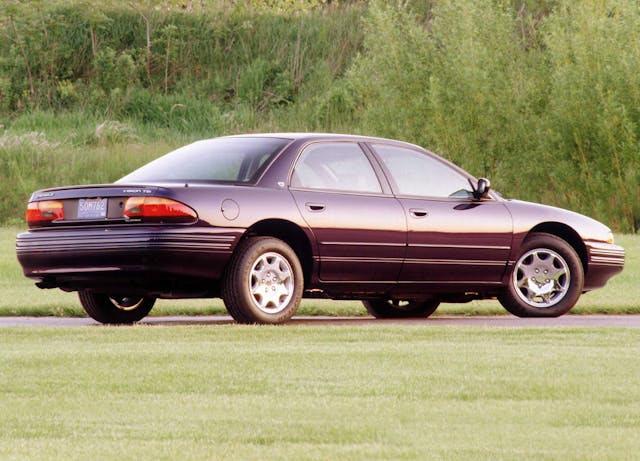
The 300M was far from a revolution, but it’s hard to argue that it wasn’t the apex of the LH platform in terms of performance and style. Smaller in size than the LHS that had preceded it, the 300M finally delivered the kind of handling that might have turned a few Audi-bound heads towards the Eagle badge, had it lived out its destiny as the Vision.
Without a supporting cast, it’s fair to say that Vision 2.0 might not have been enough to save Eagle from the wrecking ball. Tag in the PT Cruiser, however—and find a way to stuff all-wheel drive under its trend-baiting looks—and the pair could have sent Eagle down an intriguing, and maybe even profitable, path.
Hummer HX/H4
Why did it take until 2021 for an SUV builder to field a serious competitor to the Jeep Wrangler? Although past rugged trucks like the Toyota FJ Cruiser and the Nissan Xterra served a slice of that market, the go-anywhere, take-the-roof-and-doors-off crowd had to wait for the most recent iteration of the Ford Bronco for their alternative four-wheel-drive fix.
It’s easy, however, to imagine a divergent timeline in which Ford got beaten to the punch by an off-road brand that had everything to gain by standing toe-to-toe with Jeep in the Wrangler wars. In 2008, Hummer debuted the HX, a thinly-disguised concept that previewed a planned H4 model. Its primary appeal was that of a more legitimate off-roader, which would have distanced itself from the enormous H2 and the underwhelming H3 SUVs that had failed to tempt Jeep loyalists.
The HX shrunk Hummer’s distinct, chunky styling down to a two-door format, showing off a slanted rear treatment that in production was planned to give way to a more traditional passenger compartment (or even a pickup model). With the ability to remove the doors and the roof above both driver and the rear seat riders, the HX could be washed out with a hose after spending a full day tearing down the trail on its knobby, 35-inch tires. The truck boasted 13 inches of ground clearance and full-time four-wheel drive, and like the Wrangler Rubicon it could be had with locking diffs. The HX also rode on its own unique platform—a first Hummer which until that time had been forced to share GM’s pickup-based body-on-frame offerings.
The HX had great potential, but it never had the chance to move Hummer away from the blingy H2 and into a mud fight with the Wrangler. Almost as soon as it rolled onto the auto show circuit, the global recession and rising fuel prices spelled a grim forecast. Facing bankruptcy (and dealing with side-eye from the federal government about its truck-heavy, fuel-thirsty family of vehicles) General Motors had to choose between gambling on the would-be H4’s ability to drum up major sales, or simply taking Hummer out behind the barn. History records the mess that follows, but for a brief, shining moment it seemed like the HX Concept held all the answers to turning Hummer around. The nameplate is on its way back of course, as an all-electric GMC, but that six-figure SUV shares effectively nothing with the brand that met its end in 2010.
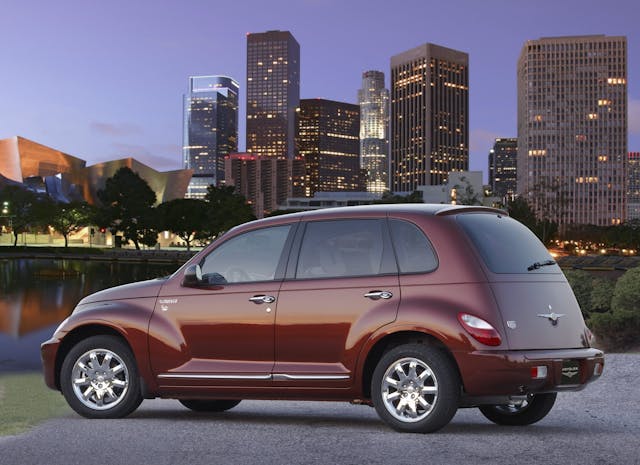
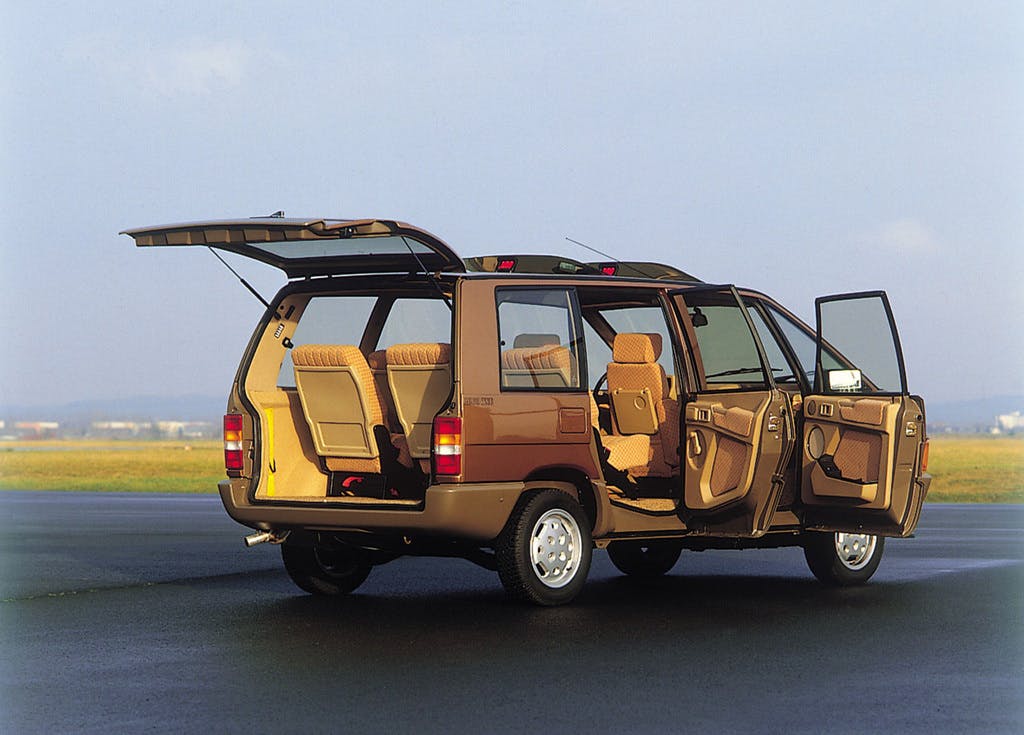
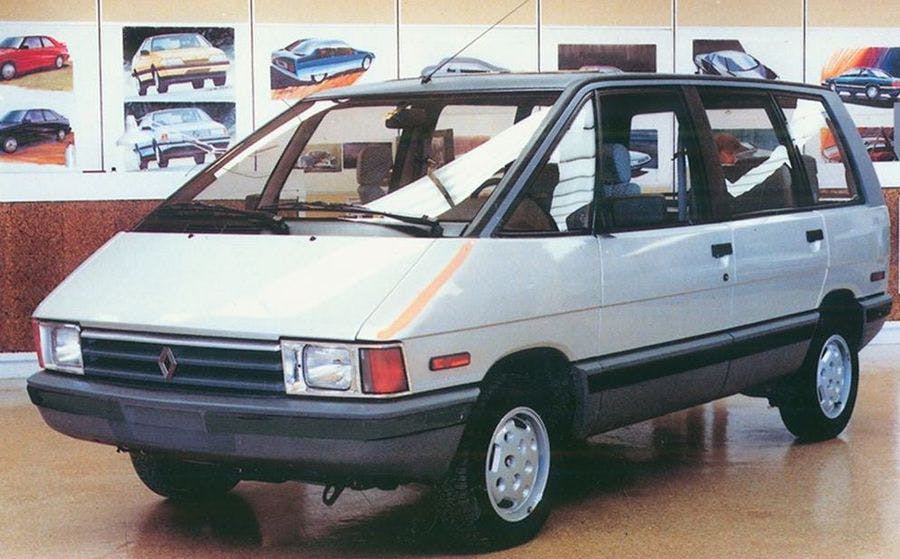
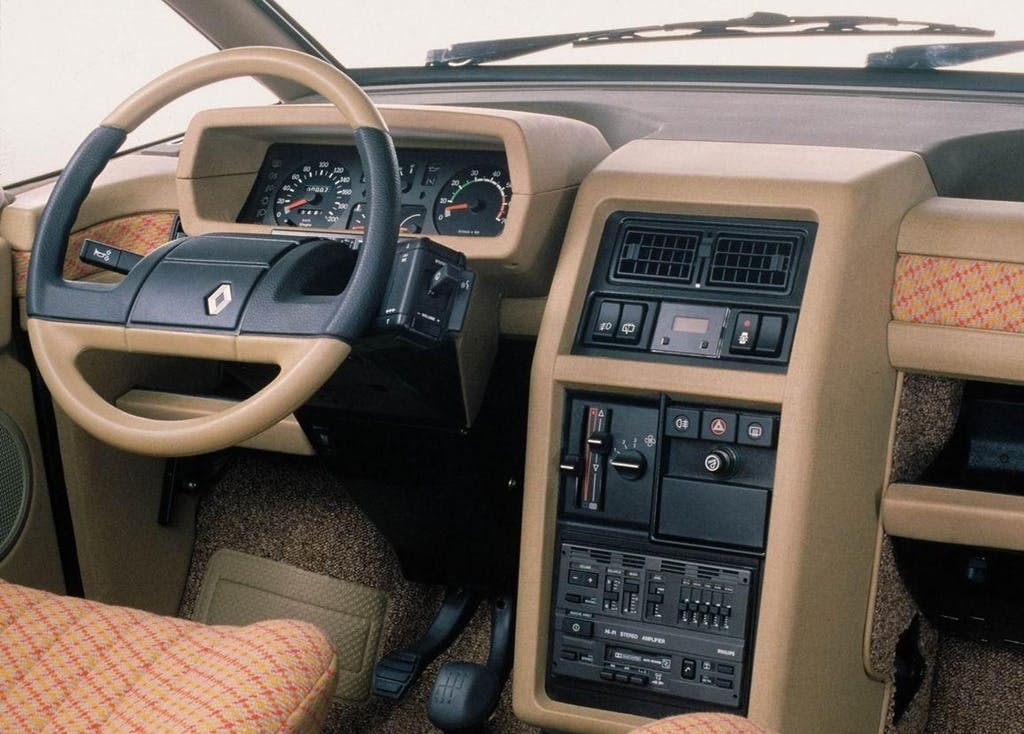
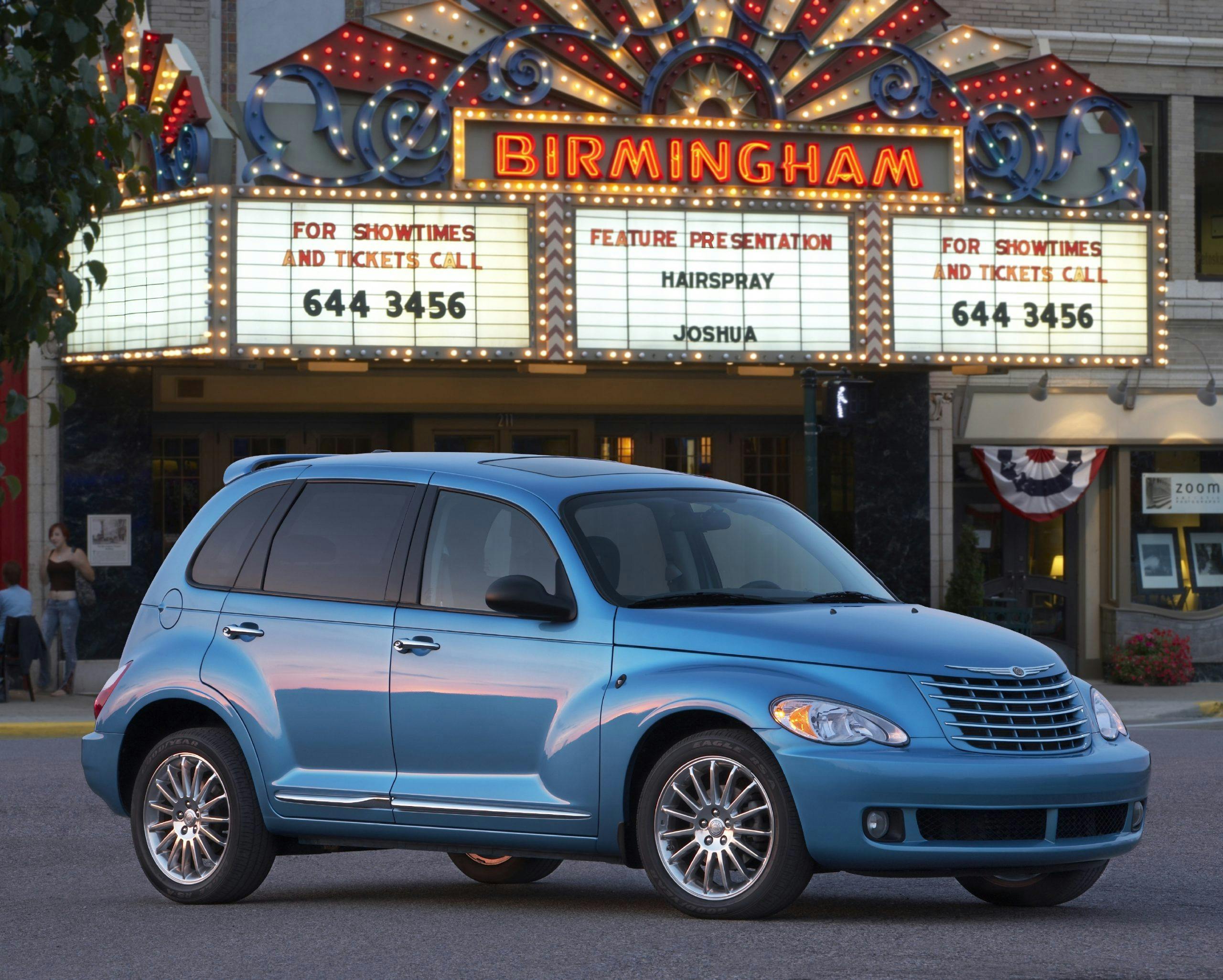
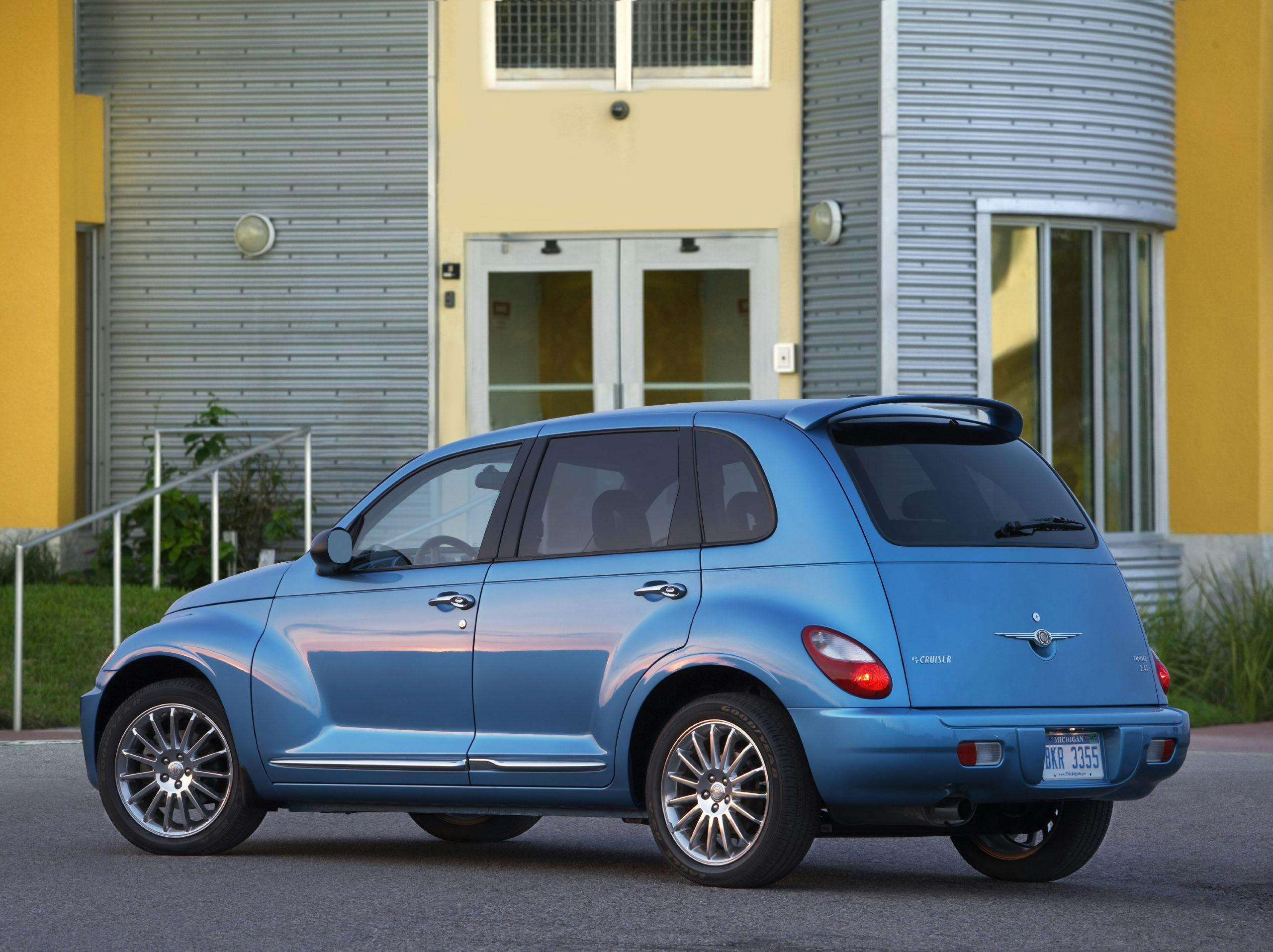
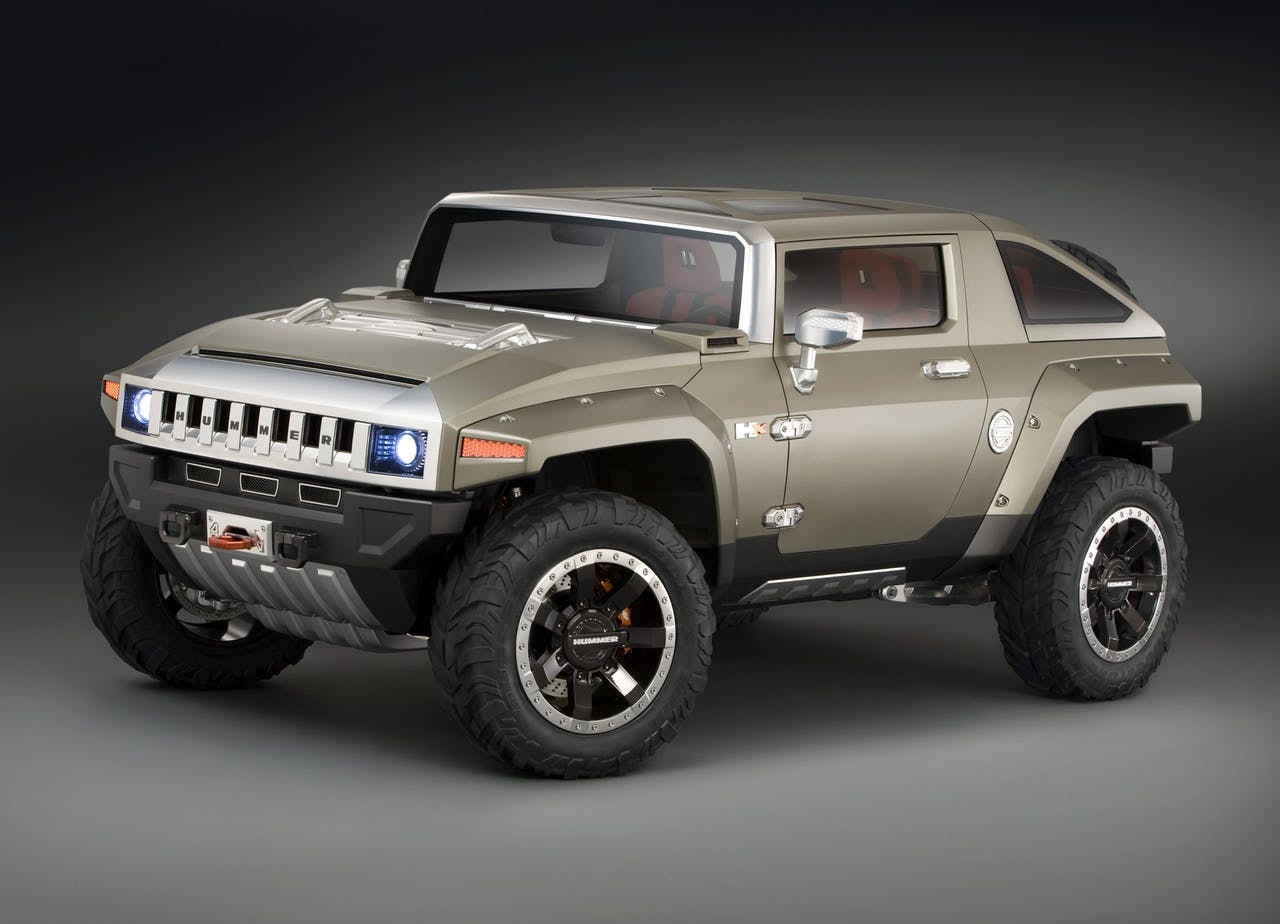

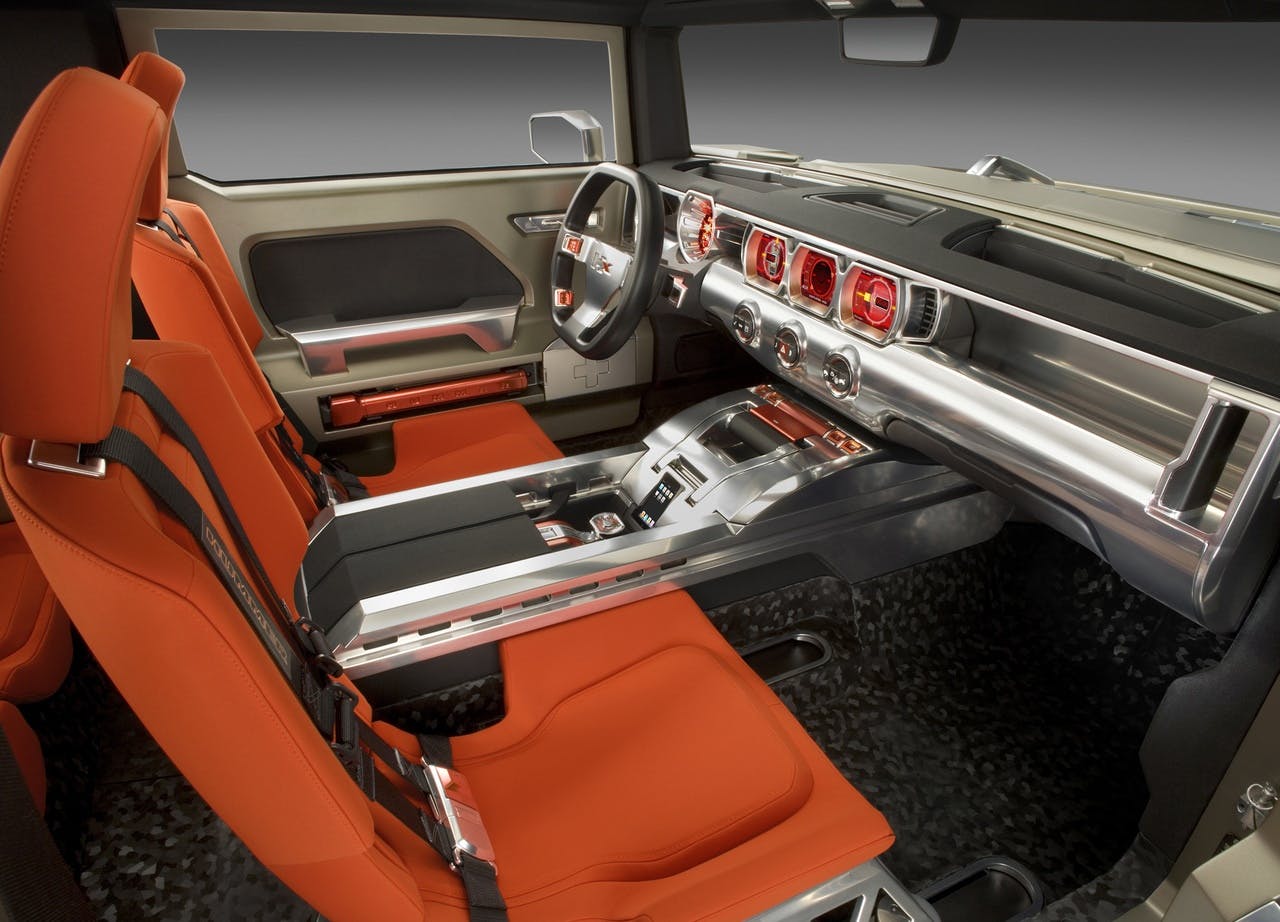

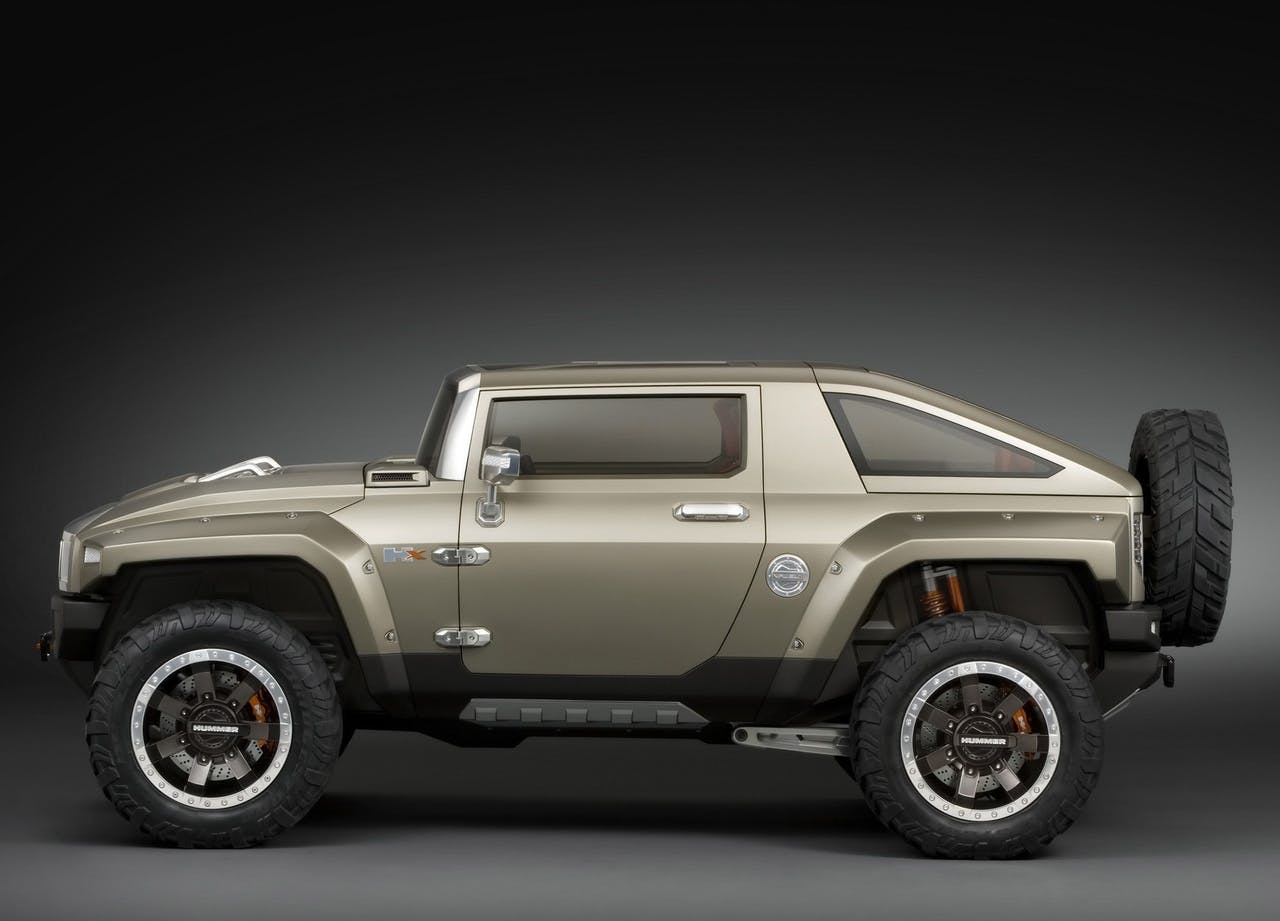
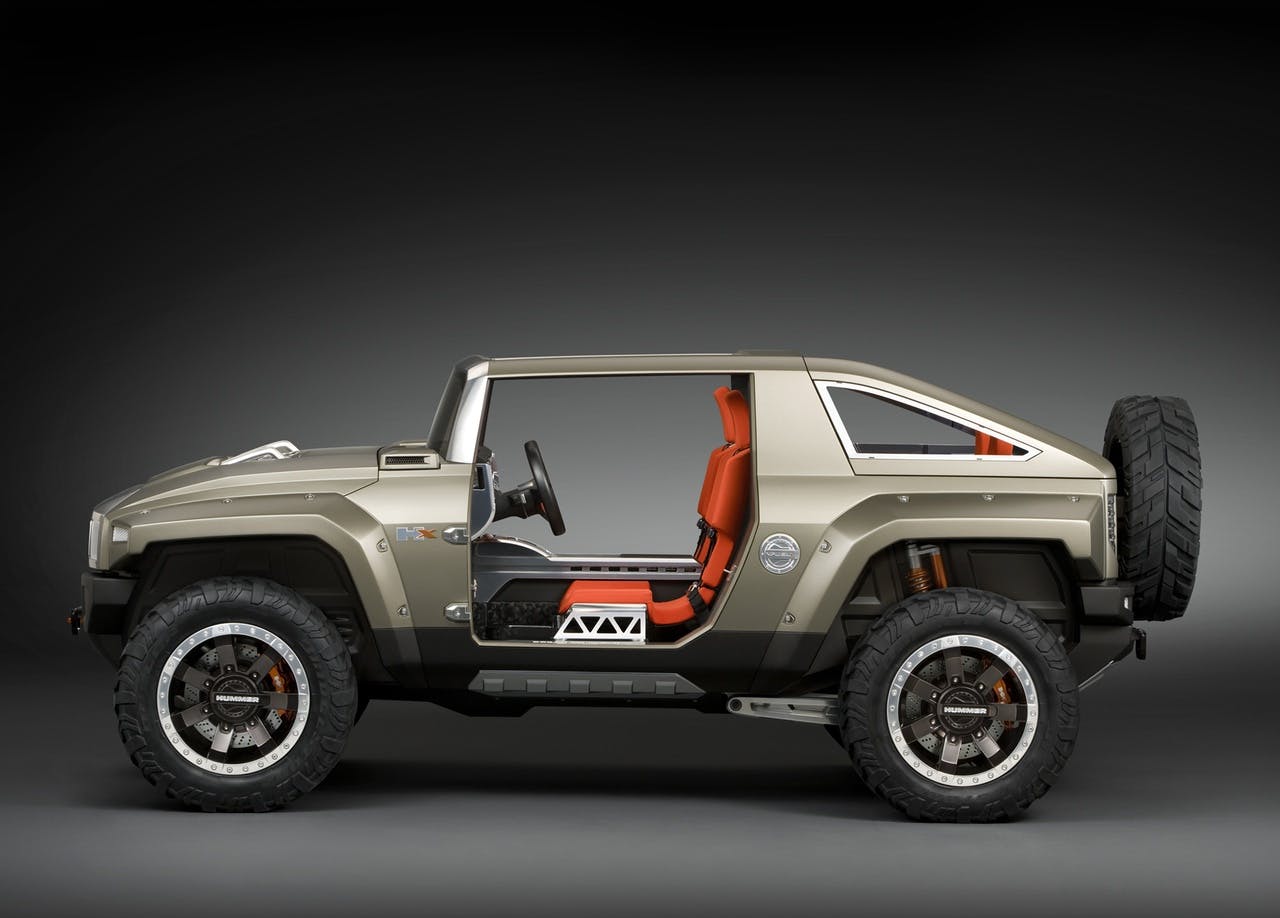

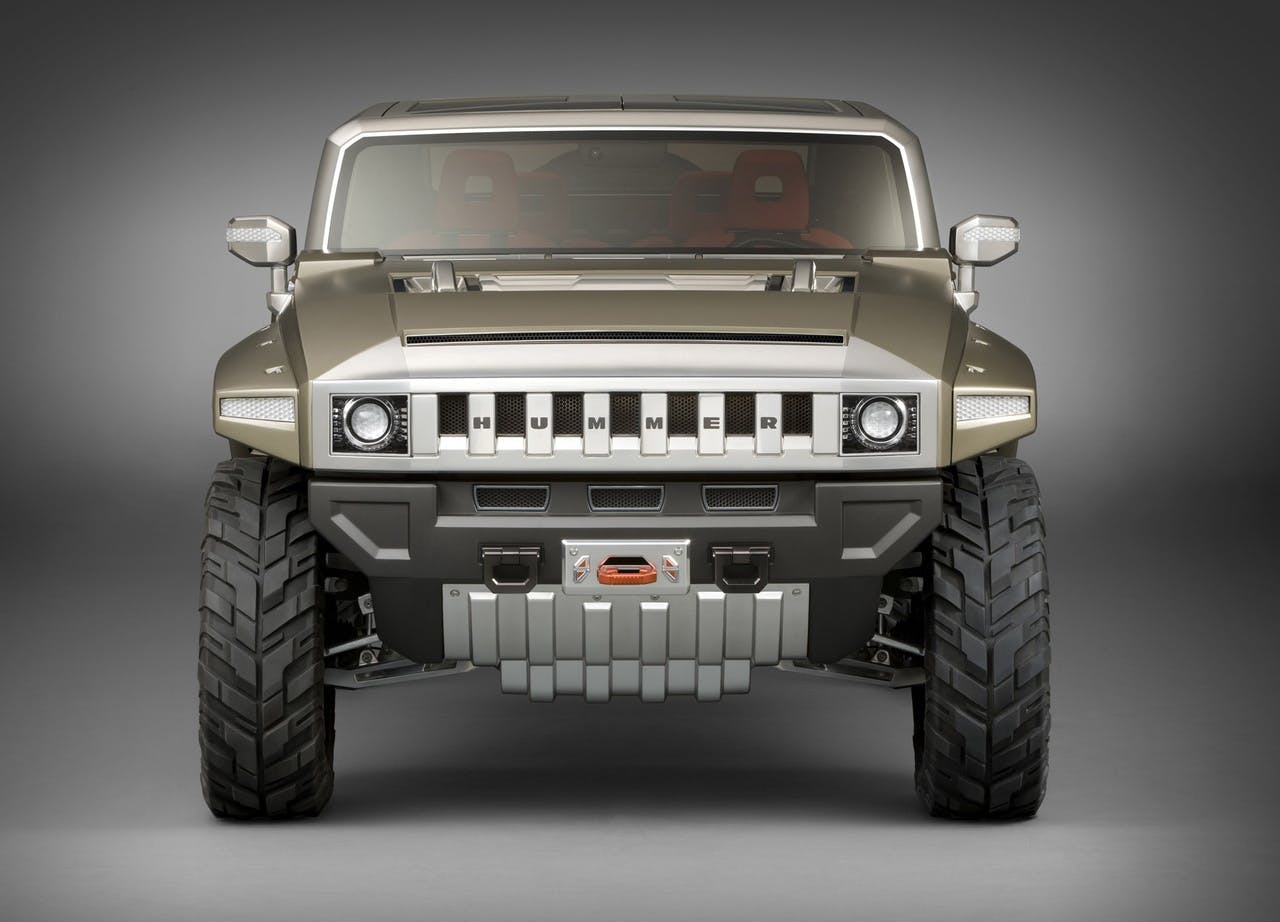
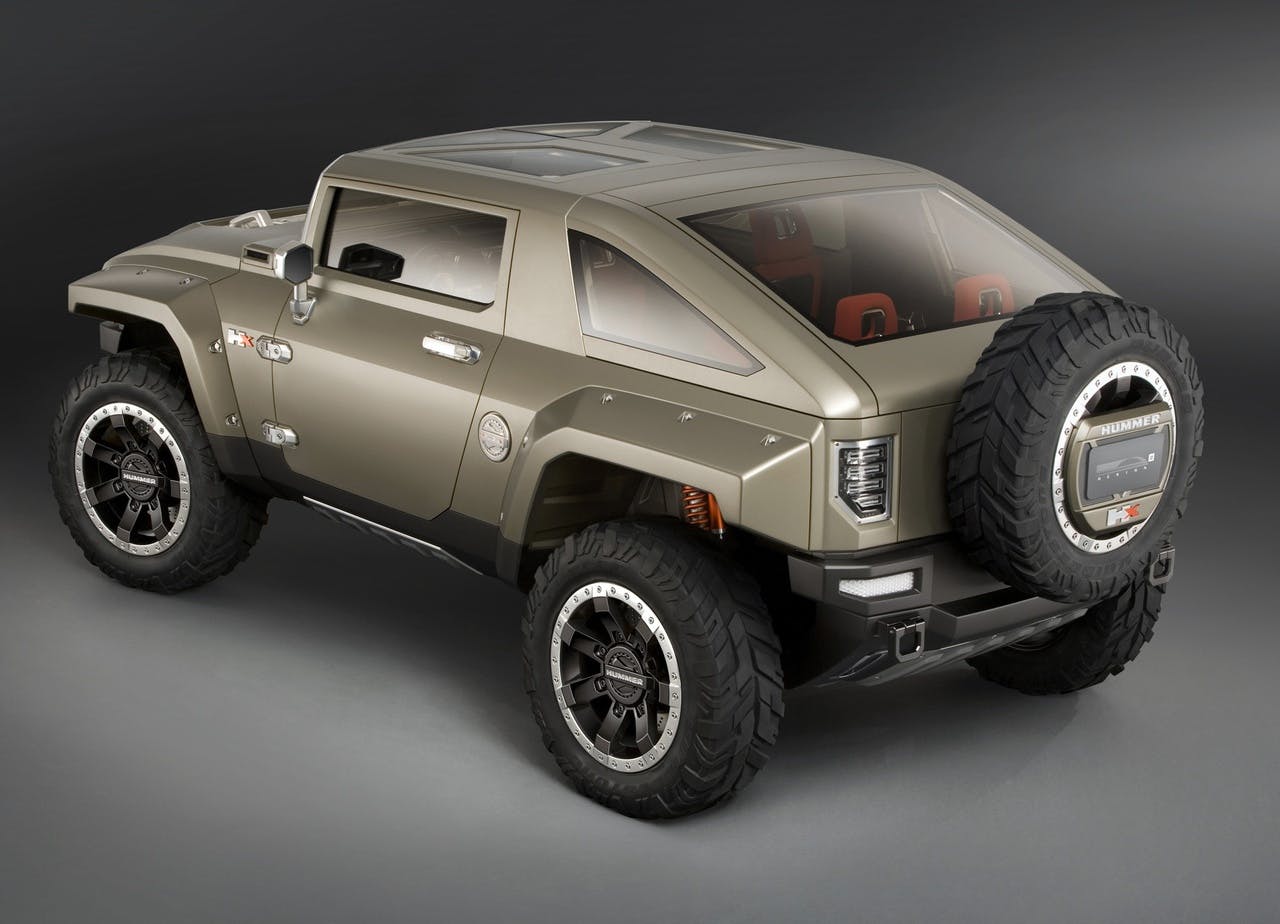


I think I’d put the Mercury marauder in this group as well.
Great addition. Not as good as the Impala SS but still a good car.
Mercury over any impala.
LOL!
Sorry but stories like this are so distorted from the reality.
The problems and markets changes were much greater than one car would ever solve. Add to that a limited production performance was not going to save anyone.
The market changed and have 4-5 division is no longer economically viable.
Chrysler just no longer needed Plymouth and FMC starved Chrysler out.
Jeep never needed a sedan just the CUV wave that came.
Finally Hummer should never have been a division but a model line at GMC. This has been corrected today. The model shown here was never going to save the division and never went into production.
Pontiac died as GM had no clue what to do with it. The later models were justvrestyled Chevys a not really real Pontiacs.
The Solstice was never going to save Pontiac. The incoming CUV models would have finished Pontiac off. Coupes and sedans are hard to move at lower prices and lower volumes.
Today most companies can run with two to maybe three divisions and that is it.
But never mistake a car that is going to save a company unless it is a high volume profitable car like a VW Beetle. And even that may not have happened today.
Trucks have saved GM and Ford.
Oh look, another post from the guy that replies to every Hagerty article and thinks he knows more than they do.
Agreed. I always skip over the hyperv6 word salad. Thought I was the only one1
LOL !!!
Pontiacs were always restyled Chevy’s starting in the late 40’s. Sadly Pontiac marketing did not capitalize on the performance image that developed for the brand with 59 model year.
Pontiac had the Solstice and the G8 which had no Chevy Rival. The G6 Coupe and convertibles also did not have a Chevy Rival. Granted Pontiac was the “performance division” but the G5 did not get the Turbo like the Cavalier SS. Obviously there were a lot of shared cars, and platforms, but GM has done that for decades.
Let’s not forget the last model year of the Fiero!
Yeah, that was a real FIREbrand.
The namesake of “Hyper” does fit, doesn’t it?
The Studebaker Avanti from the 60s comes to mind
Lots of forgettable vehicles here. No wonder their brands have suffered.
One could add either the Solstice or the G8 to this list. Both great cars that couldn’t save Pontiac.
I agree …. I own a SOLSTICE GXP and love it. Goes and drives like a shifter cart on steroids !
I have a 2006 Solstice and will own it until I can no longer drive. A most fun car!
I never did own a Solstice but did look for a potential gem at a great price in the used market. I’d hoped there’d be an owner who didn’t know what he/she had, but it turns out you can’t hide a good car from its owner. 😁
It’s too bad that GM didn’t re-badge the Solstice as a Chevrolet and keep it alive longer.
“It’s too bad that GM didn’t re-badge the Solstice as a Chevrolet and keep it alive longer.”
As a 2008 Solstice owner, I agree. I once heard a rumor that GM was going to make the Corvette its own brand and make the Solstice like an entry level Corvette.
I figured that GM didn’t want to take away from Corvette sales, one two-seater was all they wanted to handle.
Pontiacs outsold Buicks, but Buick was marketed in China, that is considered the future. Saturn was the red-haired stepchild that never really caught on.
And, in the final years, Saturn sold more cars in the U.S. than Buick. Circa 2007, Bob Lutz said it himself—neither Pontiac or Buick had clear brand identities.
General Motors should have kept Bob Lutz around. The G8/Chev SS was a terrific car manufactured by Holden down in Australia. That company also died off. In Canada the SS was never sold but I was fortunate enough to get a 2009 G8GT off lease. Great car other than the tail lamps, which have been changed.
Car people should build cars and leave accountants to do whatever it is they do. In the auto business they act as boat anchors.
I don’t know that it’s so much that Pontiac needed “saving,” but more that the government killed it. Along with Saturn at the same time.
True Ugly Looking Cars also hard to work on with the engine removed from under
Not sure how any of these could have helped. These are the final nails in the coffin from what I can see.
Another factor is that the “unique platform” that the HX was destined to use was based on the “baby corvette” architecture that was used for Solstice/Sky, and would have likely been built in Wilmington DE. But we all know how that worked out, and when that plant went down, so did the possibility of an H4
Kappa platform. I agree. The Solstice/Sky couldn’t save Pontiac/Saturn.
I saw car magazines with sky/solstice’s with LS transplants right after their premiere. A threat to corvette sales/profits. GM killed them both.
My Eagle Talon is one of these. Great Car, AWD that ya could drive like a demon. New England road salt almost finished it off before I blew up the mill at 175K.
Best example: Studebaker Avanti.
You nailed it.
I absolutely agree! Avanti was a true last shot while the the failures of the others were after long and sustained bad management. Studebaker’s failure had more to do with the big three plus 1 (AMC) exerting financial pressure from having much deeper pockets.
Avanti
My daughter-in-law still has her PT Cruiser. She keeps regular maintenance/cleaning on the vehicle. The body is in great shape for being parked in the driveway with the salt air.
And I have a 2001 PT Cruiser that is y summer daily driver. No plan on abandoning it either.
I have a 2005 PT Cruiser Signature Series in my garage right now with only 50k miles on it, I am thinking of letting it go to make room for another toy.
I know here in middle Tn. I see PT Cruisers on a regular basis. Some good, some just so so. GM tried the same formula with the SSR but priced it too far out of reach for the average car guy. The PTs always look cool with the retro body
How about the Oldsmobile Aurora?
Oh yeah, that’s one of the best.
Wonderful car. Very comfortable. Lots of power. Lots of creature comforts. Wonderful long distance cruiser. If a new one could be built, I’d buy another.
I agree, After years of Euro car ownership, picked up a surviving Aurora just as a daily for work. 170k and she always starts and runs great. 3.5 is quick and smooth in a solid comfy car. They were trying to catch Jaguar market with this one’s styling. Nice car with lots of gadgets and comforts!
The TR7/8 killed off Triumph Motorcars for good and all. British Leyland even stopped production on the MGB as not to compete with “The Wedge”. It should be noted, however that BL lost money on every MGB sold at the end. So, MG died, too.
Owned both an Eagle Talon and A PT Cruiser at one time. Both vehicles I would say were innovative in some ways but their common denominator was Chrysler, poor build quality and unreliable.
Good examples…next…the hail Marys that DID save the companies…for a little while at least.
The Oldsmobile Aurora is another that could have made the list. I was a Service Director at an Oldsmobile/Nissan dealership in the mid-90’s when Oldsmobile introduced the Aurora as a 1995 model, even spending a week in suburban Detroit attending intensive training on the vehicle and touring the Lake Orion assembly plant, where it was built. Other than the 4th Gen Cadillac Seville (1992-97), the Aurora was the closest thing to a 80’s-90’s era European sedan that an American car company had built and was truly an excellent automobile at a very reasonable price point. Alas, it wasn’t enough to save the oldest (at the time) American car brand!
I considered a new Aurora in ’02 or so… saw that Olds was on the deathbed and getting parts and service would be an issue.
It is a pity that the D3 did not figure out that the U.S. does not have an Autobahn and chasing the Germans was a dumb idea… and applying it to the entire line (except pickups) was even dumber.
10 years ago I was 64… Millions of boomers became empty nesters… we want to travel comfortably which means not on an airplane. So I wanted a car very similar to an 80’s Riviera… or Olds 98 Coupe… smooth floaty ride on soft wide bench seat with fold down armrests. a big trunk and 2 large doors…. .and a gasoline engine… (my ’15 Taurus Limited has one of those.. large trunk and the seats massage) to drive all over the U.S. on American freeways and back roads. Somebody should have seen that market coming… like iacocca saw the minivan…
I rented a manual trans PT Cruiser in Arizona. Loved it but noted it was down on power compared with the 2.5 liter, 5-speed manual Contour I owned at the time. However, it easily handled the luggage of three adults on the trip to the Phoenix airport. Conversely, that luggage almost didn’t fit in the Continental that picked us up from the Detroit airport.
My wife and I looked at a PT when it first came out, we liked it.
But then I saw its dismal MPG sticker.
That ended it.